Regmi, S; Gu, J; Zhang, N; Liu, H.
Aesthetic Plastic Surgery, April 2016, Volume 40, Issue 2, pp 277-283
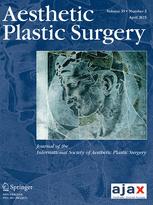 Fingertip reconstruction using reverse-flow homodigital island flaps has been very popular over the years. However, the outcomes of reconstruction have not been clearly understood. In these circumstances, a systematic review of available literature is warranted. A PubMed [MEDLINE] electronic database was searched (1985 to 15 April 2015).
Fingertip reconstruction using reverse-flow homodigital island flaps has been very popular over the years. However, the outcomes of reconstruction have not been clearly understood. In these circumstances, a systematic review of available literature is warranted. A PubMed [MEDLINE] electronic database was searched (1985 to 15 April 2015).
Two review authors independently assessed search results, and two other review authors analyzed the data and resolved disagreements. The following endpoints were analyzed: survival rate of the flap, sensibility, and functional outcomes and complications.

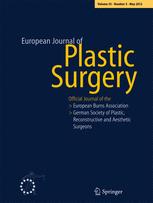 Local skin flaps are used to close defects adjacent to the donor site. They are classified according to their method of movement: flaps that advance from its base to the defect (V-Y, Y-V, single-pedicle, and bipedicle advancement flaps) and flaps that move on a pivot point (rotation, transposition, and interpolation flaps). Despite its frequent use, there is not a unique name for V-Y rotation advancement flap; moreover, there is not a flap class called “rotation advancement” in the textbooks. A systematic review of the literature was conducted using “PubMed” and “Google Scholar” in December 2013.
Local skin flaps are used to close defects adjacent to the donor site. They are classified according to their method of movement: flaps that advance from its base to the defect (V-Y, Y-V, single-pedicle, and bipedicle advancement flaps) and flaps that move on a pivot point (rotation, transposition, and interpolation flaps). Despite its frequent use, there is not a unique name for V-Y rotation advancement flap; moreover, there is not a flap class called “rotation advancement” in the textbooks. A systematic review of the literature was conducted using “PubMed” and “Google Scholar” in December 2013.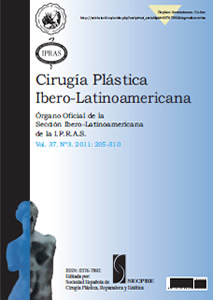 La reconstrucción mamaria inmediata postmastectomía radical modificada o subcutánea devuelve la feminidad a las pacientes al crear una neomama con volumen adecuado, simetría, visión tridimensional, forma anatómica y sensibilidad táctil en el área reconstruida. Para este fin se han descrito múltiples técnicas quirúrgicas. Describimos nuestra técnica quirúrgica mediante la cual, al realizar la mastectomía, creamos un bolsillo retromuscular amplio, sin tensión, conformado por el músculo pectoral mayor que es desinsertado en su base inferior, y un colgajo con pedículo lateral interno del músculo oblicuo externo, los cuales al suturarse entre sí, cubren, protegen y crean un amplio bolsillo para el expansor o prótesis mamaria. Estos colgajos se cubren a su vez por un colgajo cutáneo-adiposo.
La reconstrucción mamaria inmediata postmastectomía radical modificada o subcutánea devuelve la feminidad a las pacientes al crear una neomama con volumen adecuado, simetría, visión tridimensional, forma anatómica y sensibilidad táctil en el área reconstruida. Para este fin se han descrito múltiples técnicas quirúrgicas. Describimos nuestra técnica quirúrgica mediante la cual, al realizar la mastectomía, creamos un bolsillo retromuscular amplio, sin tensión, conformado por el músculo pectoral mayor que es desinsertado en su base inferior, y un colgajo con pedículo lateral interno del músculo oblicuo externo, los cuales al suturarse entre sí, cubren, protegen y crean un amplio bolsillo para el expansor o prótesis mamaria. Estos colgajos se cubren a su vez por un colgajo cutáneo-adiposo.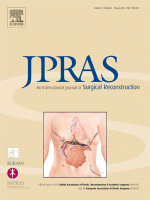 The prestigious magazine Journal of Plastic, Reconstructive & Aesthetic Surgery publish this article about an actual issue at the Services of Plastic Surgery. There is growing interest in the use of autologous fat grafting (AFG) for breast reconstruction. Concerns have been raised regarding its effectiveness and safety. The primary objective was to determine the oncological, clinical, aesthetic and functional, patient reported, process and radiological outcomes of AFG.
The prestigious magazine Journal of Plastic, Reconstructive & Aesthetic Surgery publish this article about an actual issue at the Services of Plastic Surgery. There is growing interest in the use of autologous fat grafting (AFG) for breast reconstruction. Concerns have been raised regarding its effectiveness and safety. The primary objective was to determine the oncological, clinical, aesthetic and functional, patient reported, process and radiological outcomes of AFG.
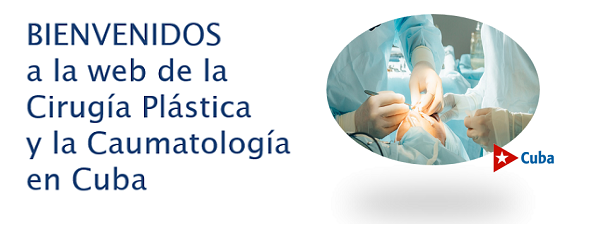
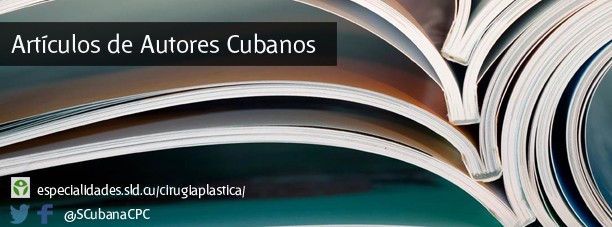
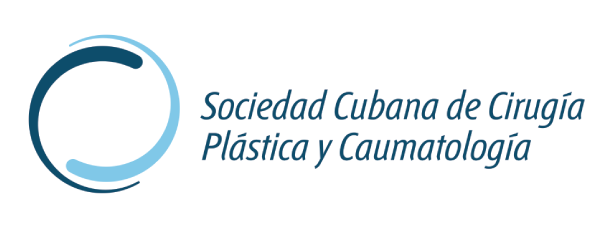

 Sitio web publicado el
Sitio web publicado el
Los lectores comentan